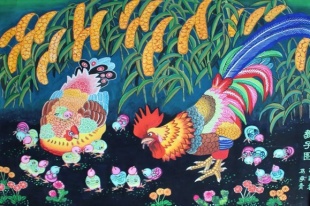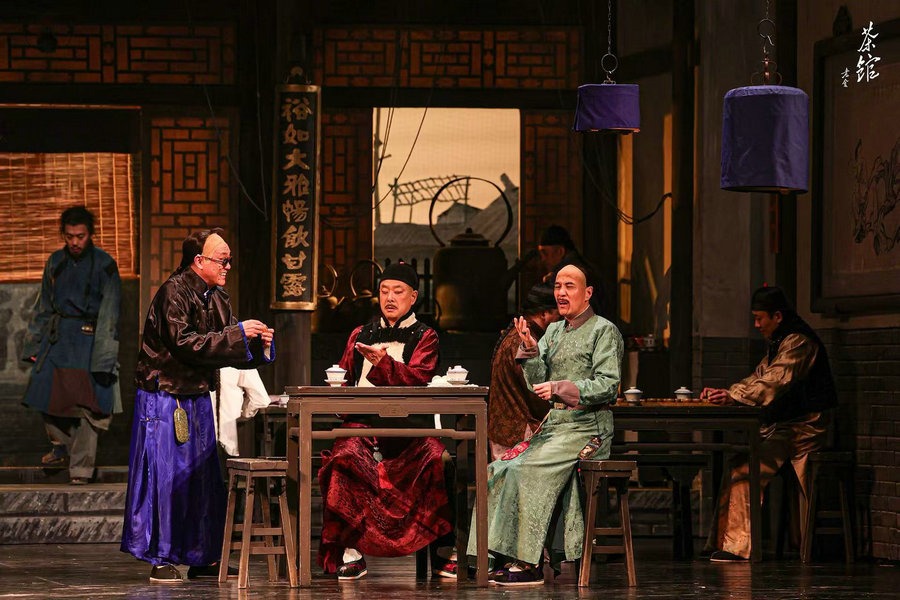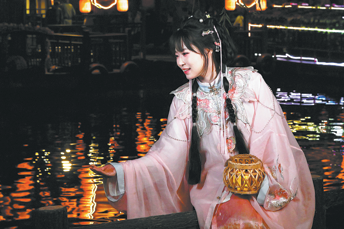Farmers paint picture of rural life in China


In his 20s, Ma worked and dried tobacco leaves in a local production team, formerly the basic farming unit in the commune system of China. But when he learned that the local government was seeking people to paint farming-themed frescoes, he signed up right away. To make time for painting, Ma asked his colleague to switch shifts with him. In the following two weeks, he painted during the day and worked at night, with barely any time to sleep.
"I did not realize they were farmer paintings. I just enjoyed painting rural life," says Ma.
In China, frescoes were often painted on the exterior walls of farmers' houses and stone bridges to inform people about the latest government policies or to express dreams for a better life.
Frescoes from the 1960s and '70s can often be found in Qingzhou and other renowned farmer-painting villages, such as Huxian county in Shaanxi province and Jinshan district in Shanghai.
Farmer paintings originate from the ancient arts of wall painting, paper-cutting and embroidery, but the style of the genre emerged in the second half of the 20th century.
In the 1980s, farmer painting was not popular, as the country's rapid economic growth created other competing genres. However, in the 1990s, it regained some momentum as cultural development began to gain momentum. Now, in Qingzhou alone, more than 30,000 people are engaged in farmer painting. Many run online stores selling paintings and cultural products.
The farmer-painting industry generates over 50 million yuan ($7.1 million) annually for the city, according to Wang Ying, an official with the Qingzhou Farmer Painting Institute.
Chinese grassroots art is also recognized internationally. From 2015 to 2018, the institute organized three exhibitions in France, the United States and South Korea.
"Compared with traditional Chinese painting, farmer painting is more direct and vivid and easier for people from different cultures to appreciate," says Wang.
Ma says: "I prefer to be called 'farmer' instead of 'artist', and the farmland will always be my spiritual home. Canvases are my fields, and I want to come up with drawings to better reflect the aspirations of farmers."





































